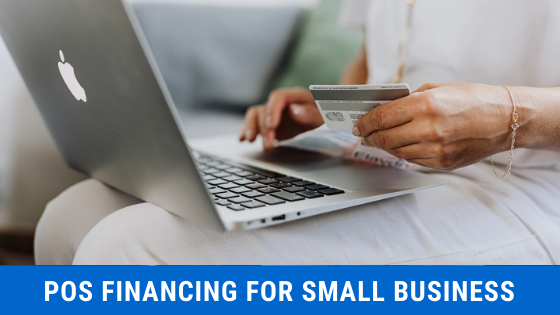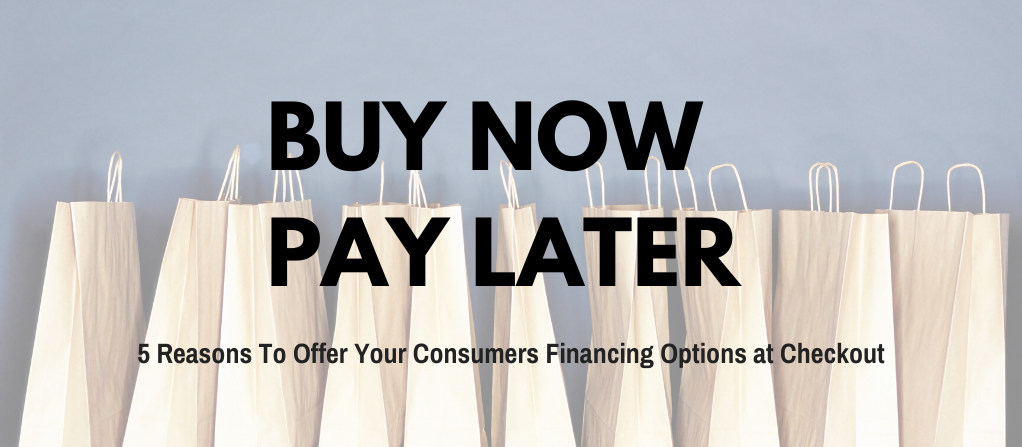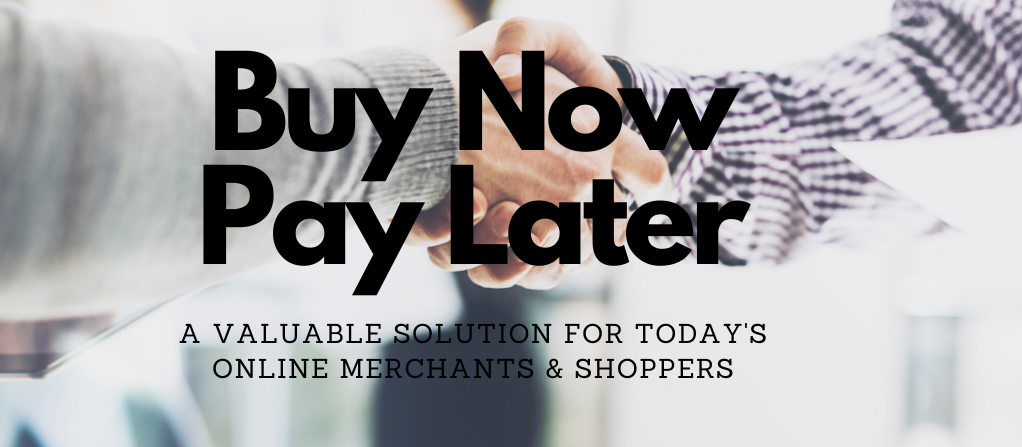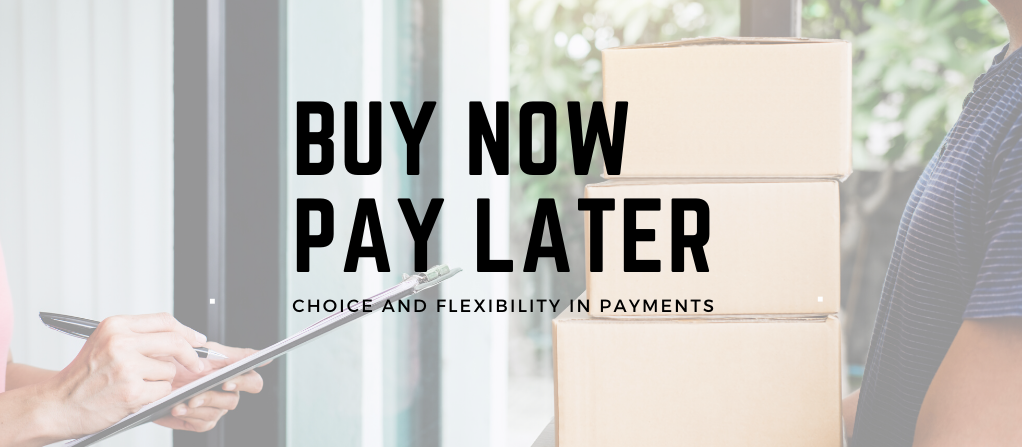As a small business owner, offering your customers easy access to point-of-sale (POS) financing can transform your business into a powerful revenue generator. Larger corporations and retail chains are familiar with financing portals, often offering their own in-house lines of credit. However, for many small businesses, this can prove to be a capital-intensive exercise that not only burdens you with risk but could also put your customers out of pocket due to high APRs. In addition to these challenges, more consumers are moving away from traditional lines of credit and unsecured loans, seeking more convenient, personalized financing options.
How embedded financing boosts small businesses sales
Partnering with an embedded finance platform like ChargeAfter is an affordable solution that offers seamless integration and flexibility for your business and consumers. How can point-of-sale financing from ChargeAfter benefit your business? Here’s everything you need to know:
Increase sales and order value
The most attractive benefit of offering consumer financing is the limitless possibilities to increase sales. By enabling consumers to apply for loans on the spot at no extra cost with budget-friendly payment plans, your business can close the sale quickly and easily. Some customers don’t have the cash to pay for larger ticket items like furniture or appliances upfront. However, when a business allows the customer to purchase the product using flexible buy now, pay later solutions, they are more likely to complete the purchase. According to a study, companies offering POS financing saw a 32% increase in sales.
Furthermore, with embedded financing, you can see an increase in average order value. With a track record of up to 85% approval rates and 0% APR, ChargeAfter’s financing solutions become an effective tool to upsell to your customers. By allowing customers to break down their purchases into smaller monthly payments, it persuades them to choose higher-value products. For example, when a customer browses for a handbag with a $100 budget but sees affordable shopping cart financing options, they will be more inclined to purchase the handbag they truly desire at a higher value.
Drive customer loyalty and repeat purchases
What drives a customer to complete a purchase? Affordability, transparency, and efficiency. Giving consumers the power to make purchasing decisions fosters customer loyalty and encourages repeat business. POS lending creates a positive customer experience both online and in-store. Customers can apply for the loan on the spot without the hassle of lengthy processes or long waits at the bank. The approval is immediate. Additionally, customers receive complete transparency regarding their payment responsibilities each month, with no hidden costs. Using a renowned POS financing platform like ChargeAfter addresses your customers’ needs, making it easier for your brand to build lasting relationships.
Simplifying credit checks for small businesses
There are several downsides to offering traditional in-house credit, such as store cards. For smaller businesses, setting up these options can be costly and involves a lot of unnecessary administration. It requires managing applications and performing credit checks. You would need to find a reliable credit check bureau, assess the risk of offering credit, and determine how much credit to extend to each customer. Embedded lending eliminates these challenges altogether. Your customer is redirected to ChargeAfter upon checkout, and the rest is handled by the embedded lending platform.
Access to a multi-lender network
ChargeAfter’s omnichannel lending platform gives merchants direct access to a personalized network of multiple lenders through a single user checkout system. This means your customers have a higher chance of being approved for financing. Instead of using one prime lender, the multi-lender waterfall process gives customers personalized financing options in seconds. If the customer’s application is denied by a prime lender, they are automatically redirected to a near-prime lender for a second look. If that application is denied, they are then redirected to sub-prime lenders (“lease to own”) for approval. With this range of options, your financing approval rates can increase by up to 85%.
Seamless integration and customization with white-label solutions
ChargeAfter’s innovative shopping cart financing can be seamlessly integrated into platforms like Magento, WooCommerce, Shopify, and even custom platforms. For retail stores, in-store finance options can be easily integrated with simple JavaScript or easy-to-connect extensions. In addition, ChargeAfter’s platform can be customized to match your brand identity, ensuring customers recognize and trust the experience.
The full reporting features of ChargeAfter’s embedded finance solutions give merchants access to an easy-to-use dashboard where you can view, manage, refund, and upsell products in real time with a simple click of a button. Plus, as a merchant, you get 24/7 support and assistance with all technical aspects of the platform.
Transforming small businesses with POS financing
With 85% approval rates, 0% APR, 45% increases in average order values, and a 30% increase in sales, ChargeAfter is the embedded lending network that can take your small businesses to new heights. Offering POS financing not only boosts your sales but also enhances customer satisfaction and loyalty. By implementing omnichannel financing and white-label BNPL solutions, you can meet your customers’ evolving expectations and secure a competitive edge in the market.







